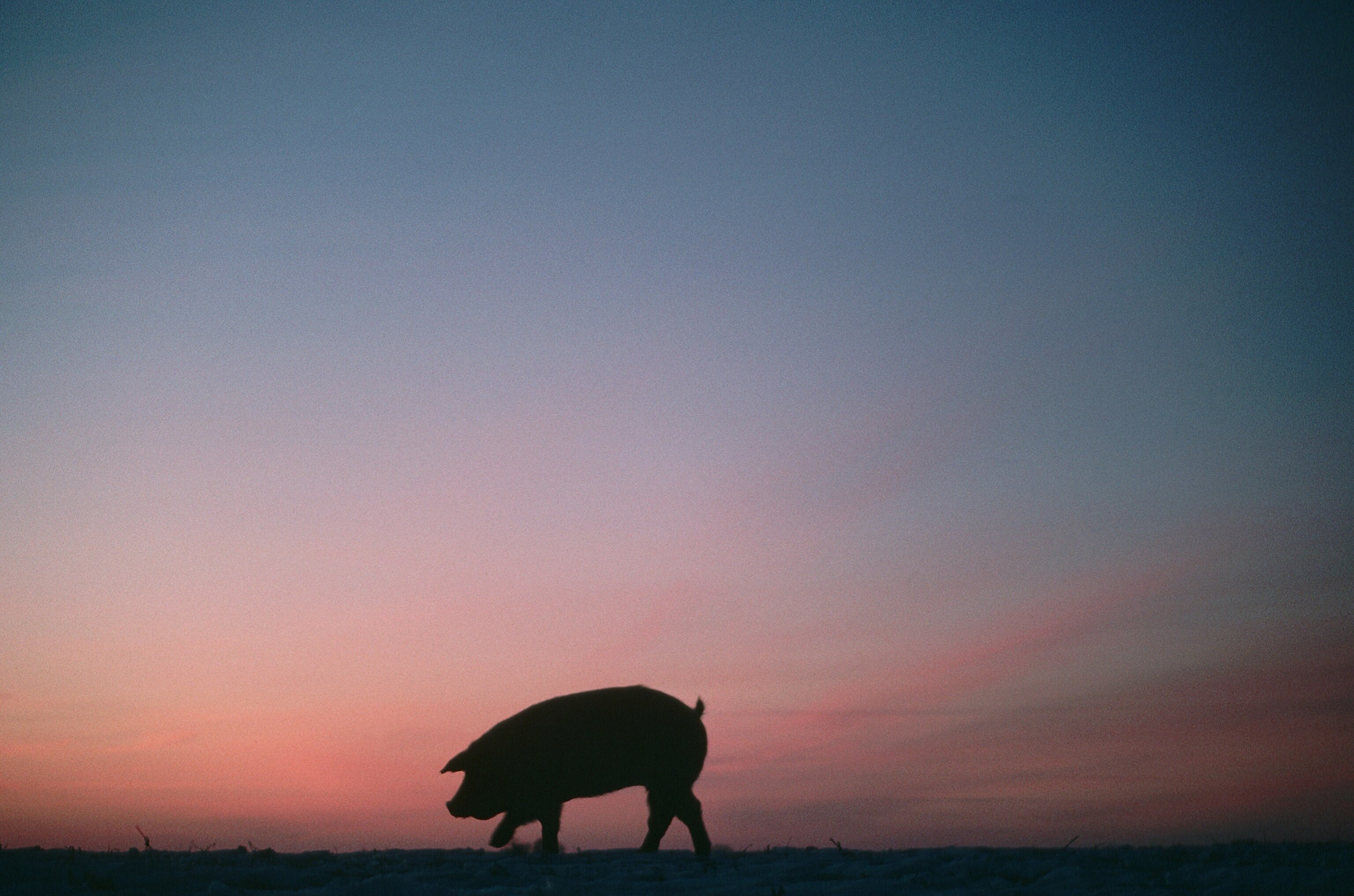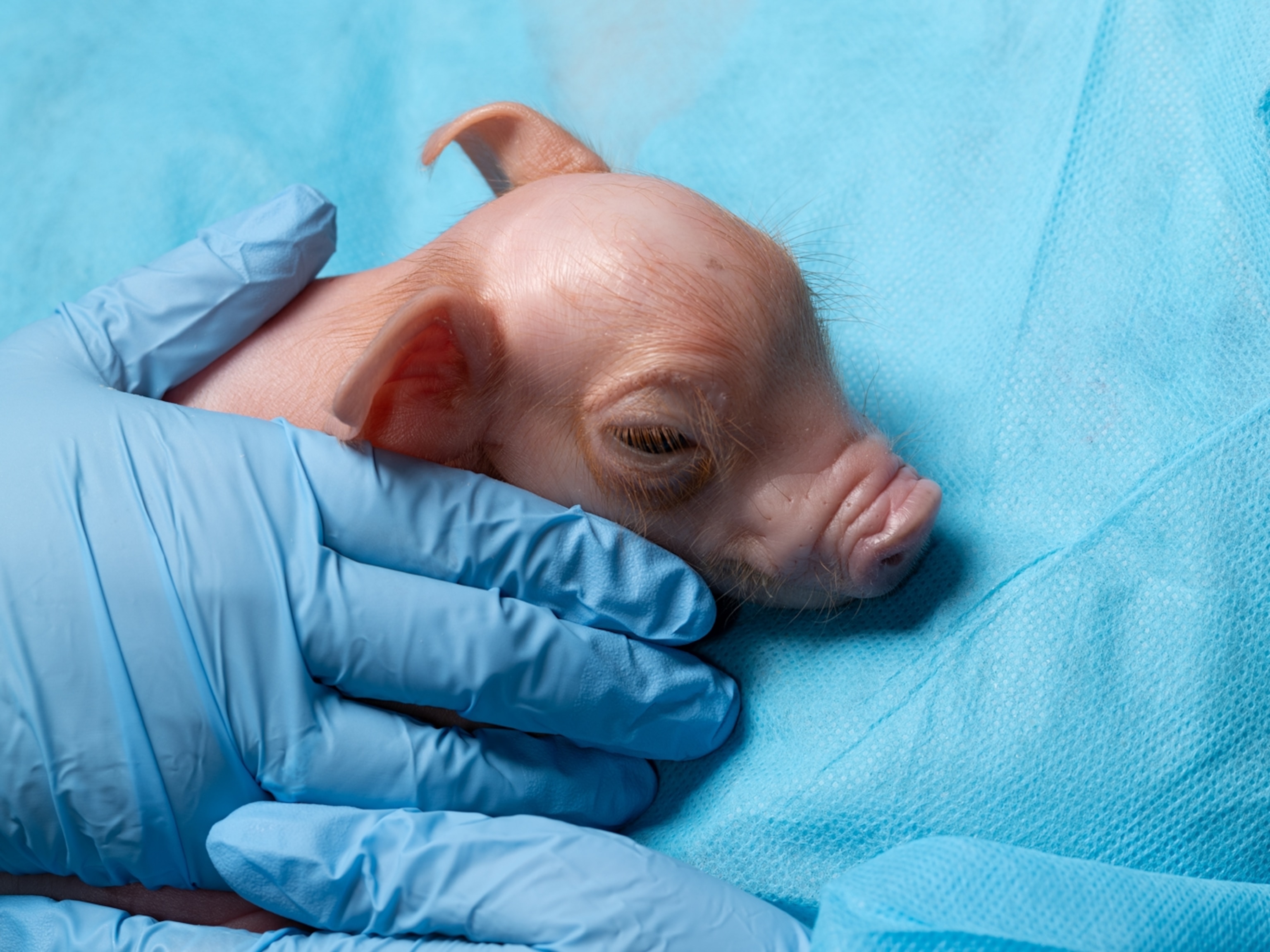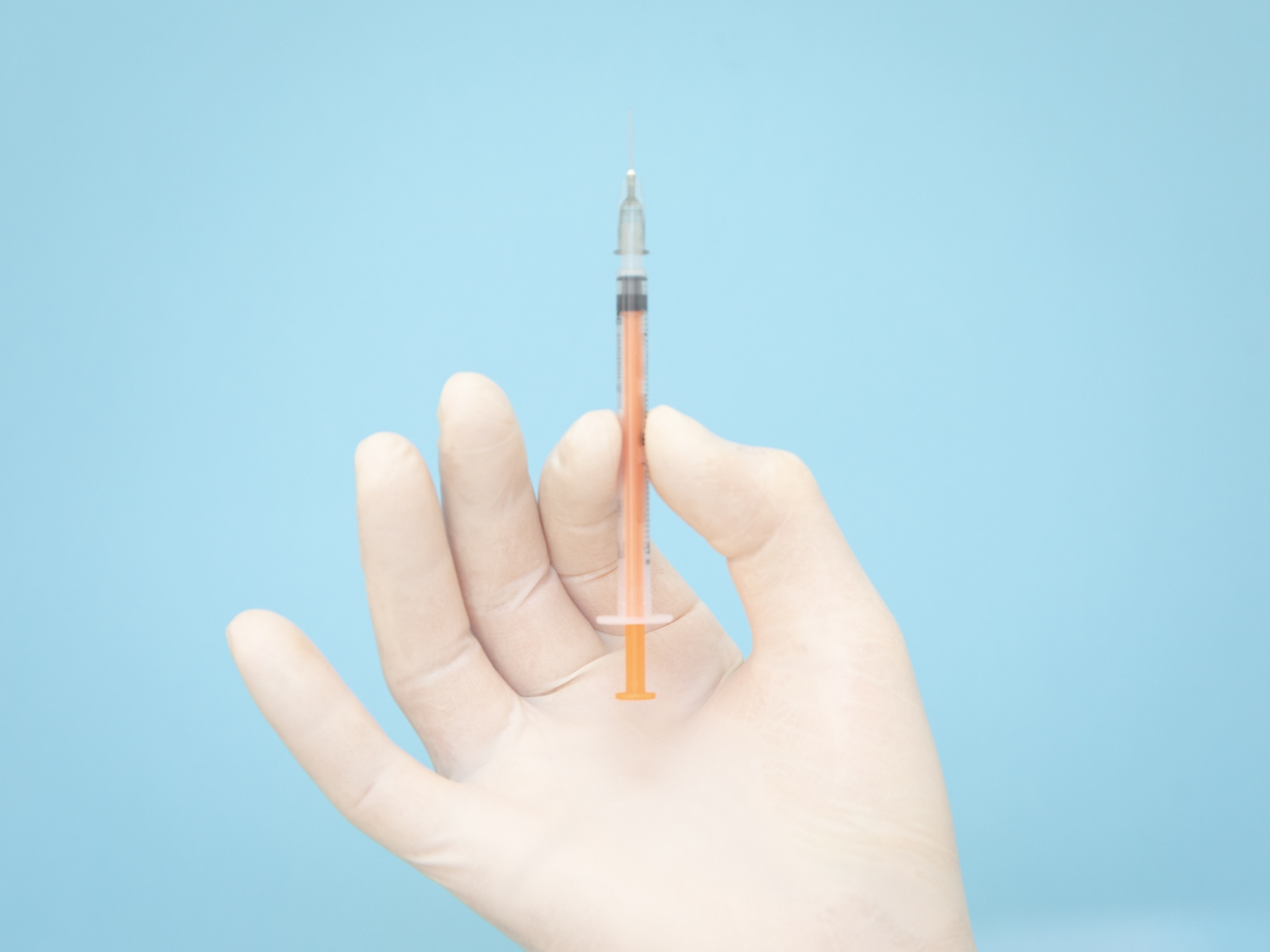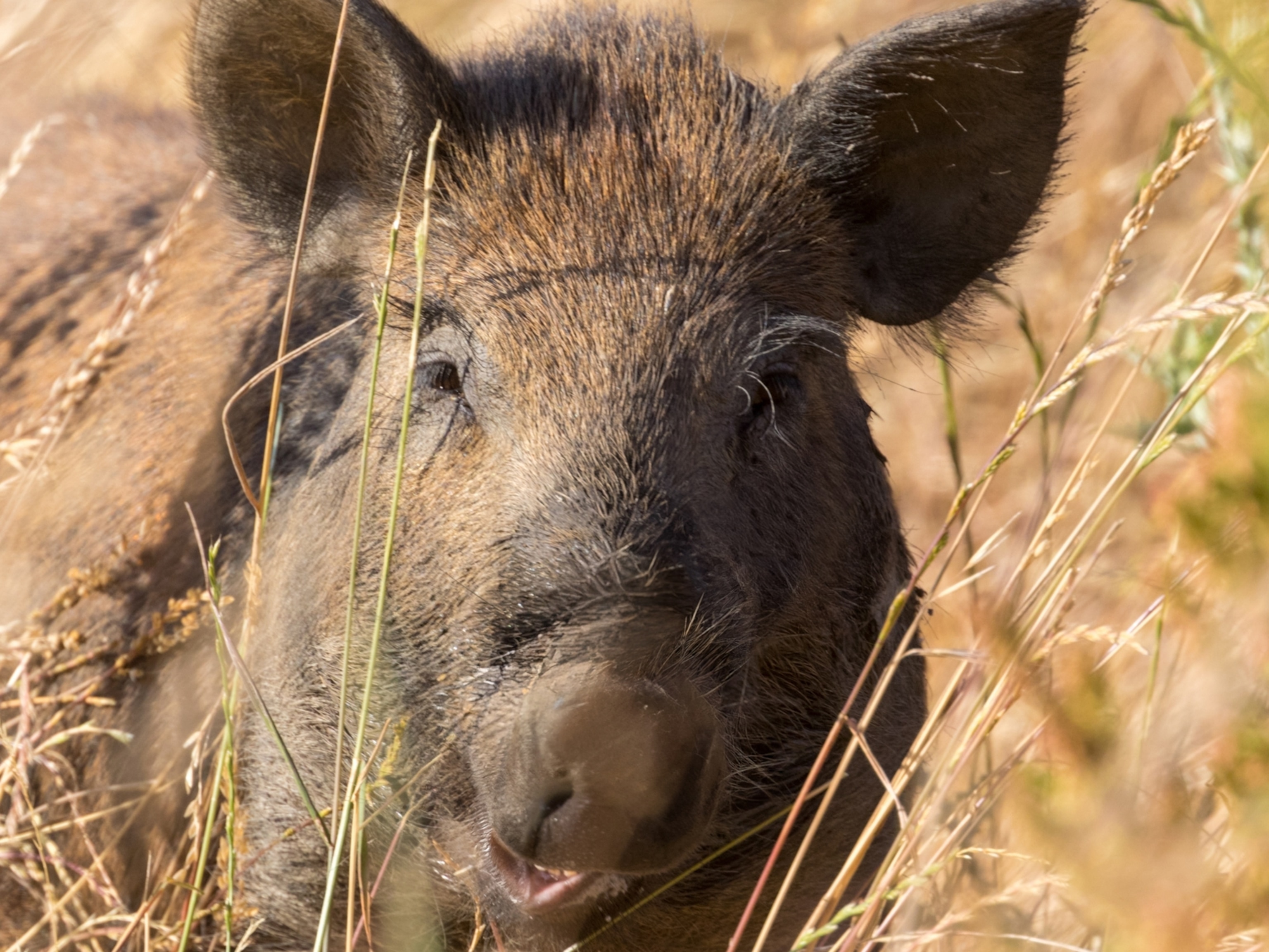
Virus Kills Millions of American Pigs, Pushing Up Pork Prices
The disease is devastating pig herds but is highly unlikely to jump to people.
This story is part of National Geographic's special eight-monthseries.
A virus that has wiped out as many as seven million pigs in the United States during the past year is pushing the price of pork to record highs and contributing to rising overall meat costs.
Porcine epidemic diarrhea virus, or PEDv, largely escaped public attention until recently, but the National Pork Producers Council (NPPC) estimates it has already killed 10 percent of the country's pigs. Other estimates, including those of the U.S. Department of Agriculture, are lower, with losses projected in the 5 to 7 percent range.
The virus is highly unlikely to pose a direct threat to humans, according to health experts. But across the United States, individual farmers have had to deal with thousands of sick and dying baby pigs, an impact that Howard Hill, president of the NPPC, has described as "heartbreaking."
Adult hogs usually recover from the virus after a few days, and mothers eventually build up resistance to the disease. Once sows develop resistance, they no longer pass the disease to their offspring. But that process can take three weeks to a month, and during that time, the newborn piglets die.
Virus "Scares the Tar Out of You"
Losses can be catastrophic. Greg Lear, a hog producer near Spencer, Iowa, says the disease showed up in his barns on December 21 last year, and he and his employees were soon overwhelmed. "It was about 850 little pigs that didn't make it," he says. "For three weeks, it was 100 percent death. It was really tough."
PEDv first appeared in the United States in Ohio last May, and has since spread to 30 states. Rodney "Butch" Baker, a swine biosecurity specialist at Iowa State University in Ames, recently told Reuters that about "a tablespoon of PEDv-infected manure is roughly enough to infect the entire U.S. hog herd."
"It just scares the tar out of you how much of this virus is out there and how easily it can be spread," says Lear.
Leap to Humans Unlikely
The possibility that the disease could make the leap to humans cannot be completely ruled out, according to two specialists on zoonotic viruses (disease pathogens that jump from one species to another), but it is highly unlikely.
Christopher Olsen, a professor of public health at the University of Wisconsin in Madison, and Juergen Richt, a distinguished professor of veterinary medicine at Kansas State University in Manhattan, say PEDv is part of a family of coronaviruses that includes the SARS respiratory virus and others that have jumped from an animal host to humans.
Still, PEDv first appeared in England in 1971, and it hasn't jumped species yet. "This disease has been around for more than 40 years in pigs in Europe, Asia, and now the United States, and there has been no evidence that anyone working with the pigs in any of that time has caught the disease," says Richt.
Says Olsen: "There is no evidence it poses a risk to people, and there is no evidence of any human infection."
Researchers are unsure how the disease got into United States, although some speculate it may have been carried by dried blood added to pig food as a protein supplement.
"To me, the big question is, how did this biological agent come into our country with all our import regulations?" says Richt, who also serves as director of a Department of Homeland Security center that aims to protect the country from foreign animal diseases. "We need to understand in detail how it came here in order to protect our pig herd from other diseases that are even more dangerous." Richt cited foot-and-mouth disease and classical swine fever, which the USDA says have been eradicated in the United States, as greater potential threats.
Pork Still Safe, but Pricey
PEDv does not make pork unsafe to eat, according to health experts. The virus attacks the gastrointestinal tracts of pigs, not the meat. And cooking kills the virus in any case, says Olsen, adding that a small amount would unlikely cause harm even if a person did somehow ingest it.
"It's important to emphasize that there's absolutely no reason not to continue eating pork," Olsen says. "I had bacon for breakfast this morning."
PEDv is making pork more expensive, however. The NPPC believes prices could rise 10 to 12 percent. Chris Hurt, a professor of agricultural economics at Purdue University in West Lafayette, Indiana, projects a more modest increase of 7 percent.
Hurt notes that even before the virus hit, pork prices were up significantly in 2013. The average price for all cuts of pork last year was $3.64 a pound, and Hurt believes it will jump to $3.90. "That will be a record high," he says.
Prices of meat generally have been high, due in part to the ongoing drought through much of the cattle-grazing lands of the West, and in part to high animal-feed prices. PEDv has added to the problem, Hurt says. The U.S. Bureau of Labor Statistics found that prices for the food category "meats, poultry, fish, and eggs" jumped 5.1 percent in March from a year earlier.
While grocery shoppers are feeling the pinch, hog farmers could actually come out ahead. In prepared testimony before a House agricultural panel Wednesday, Hill, the NPPC's president, noted the industry could enjoy perhaps its best year ever financially.
"Producers on average get compensated for their losses by high prices," explains Hurt, the Purdue professor. "The real cost of the disease is borne by consumers."
In our rapidly changing, globalized world, we all need to understand how food has made us who we are today and how it shapes our future. Starting with the May issue of National Geographic magazine and continuing through 2014, National Geographic explores our complex relationship with what we eat and where our food comes from.








